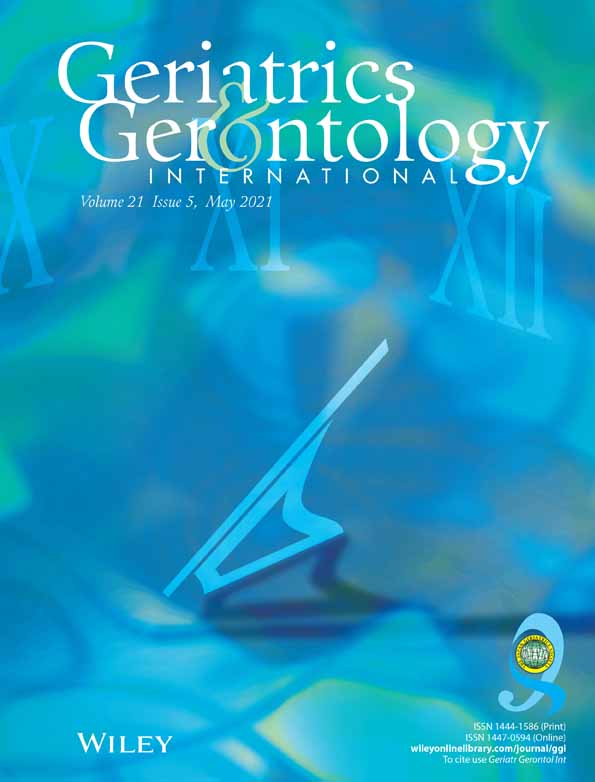Outcome of elective endovascular repair of abdominal aortic aneurysms in octogenarians
Abstract
Aim
The need to adjust the indications of elective abdominal aortic aneurysm (AAA) repair among patients with a limited life-span deserves a specific evaluation for octogenarians. The aim of this study was to compare the postoperative results and the long-term survival after endovascular repair of abdominal aortic and/or iliac aneurysms (EVAR) in octogenarians compared with patients under 80 years of age.
Methods
Retrospective analysis of 241 consecutive patients who underwent an elective EVAR between 2000 and 2017. EVAR was not considered among patients with clear life-limiting conditions. Patients receiving other than commercially standard infra-renal endoprostheses were excluded.
Results
Seventy patients (29.0%) were octogenarians. They had a lower rate of active smoking (10.0% vs. 30.4%, P < 0.001) and a higher prevalence of previous cerebrovascular disease (21.4% vs. 11.7%, P = 0.055) than younger patients. Thirty-day/in-hospital complication and mortality rates were not significantly higher among octogenarians when compared with younger patients (24.3% vs. 16.9% and 2.9% vs. 2.4%, respectively). Octogenarians had a lower long-term survival at 1, 3 and 5 years (92.6% vs. 93.3%, 67.7% vs. 78.0% and 39.3% vs. 60.6%, P = 0.039) in the bivariate analysis. However, an age ≥ 80 years per se was not an independent predictor of survival after adjustment for confounding factors.
Conclusion
An age above 80 years was not associated with an increased risk of postoperative complications or long-term mortality. Our results suggest that EVAR can be considered in elderly patients without a clear life-limiting condition and with a suitable aneurysm anatomy. Geriatr Gerontol Int 2021; 21: 392–397.




